CHILDRENS FEET
Understanding Children's Foot Health
Children’s feet are unique and require special attention as they grow. Proper foot care during childhood can prevent problems later in life. Here, we outline what to look out for, common foot problems, and essential advice for maintaining your child's foot health.
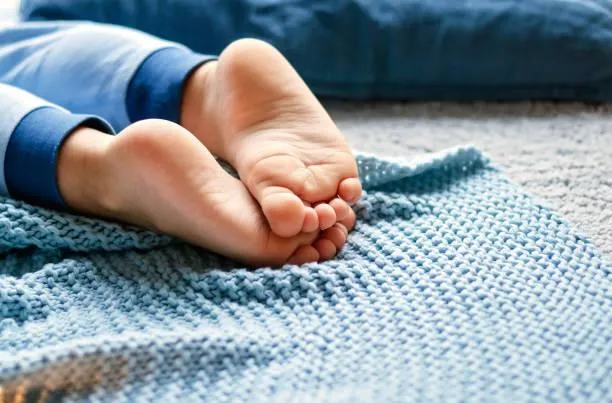
What to Look Out For
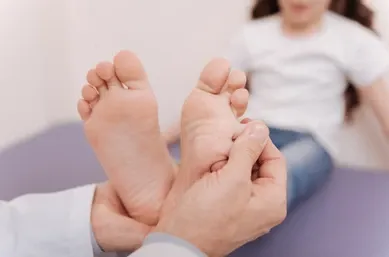
Foot Shape and Structure
Children’s feet develop rapidly. Observe the shape and structure of your child’s feet regularly. Flat feet are normal in young children but usually change as they grow.
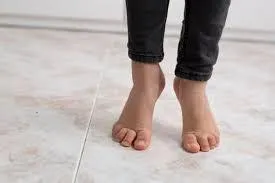
Walking Patterns
Pay attention to how your child walks. Toe-walking, limping, or an uneven gait can indicate underlying issues.
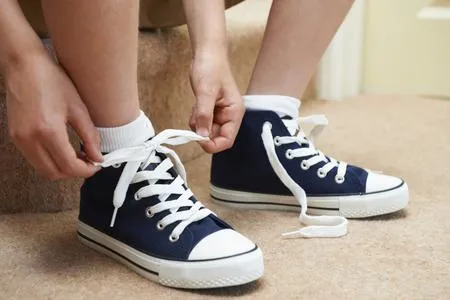
Footwear Fit
Ensure your child’s shoes fit well. Shoes that are too tight or too loose can cause foot problems.
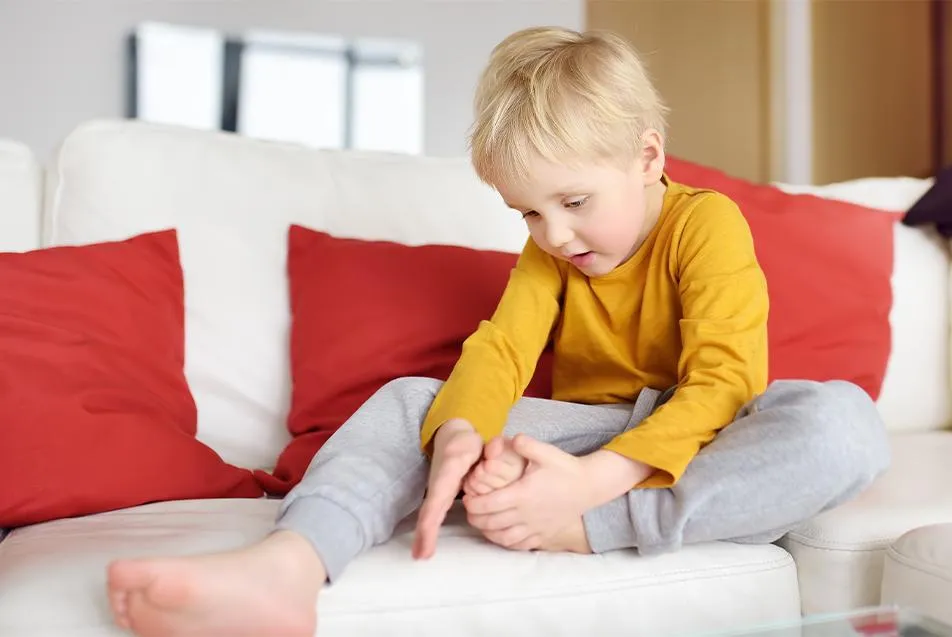
Pain or Discomfort
Never ignore complaints of foot pain or discomfort. Children might not always communicate pain clearly, so watch for signs like limping or reluctance to walk.
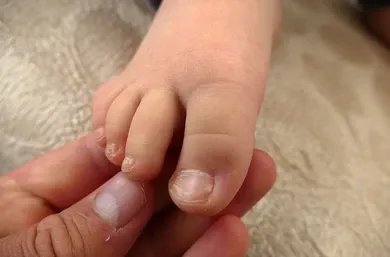
Skin and Nails
Regularly check for any changes in the skin or nails, such as redness, swelling, blisters, or ingrown toenails.
Common Foot Problems in Children
Flat Feet
Many children have flat feet, which typically resolve by the age of 5. Persistent flat feet that cause pain may need evaluation by a podiatrist.
Plantar Warts
Caused by a viral infection, plantar warts appear on the soles of the feet and can be painful.
Ingrown Toenails
Commonly caused by improper nail trimming or tight shoes, ingrown toenails can lead to pain and infection.
Sever’s Disease
Also known as calcaneal apophysitis, this condition causes heel pain in growing children, often due to repetitive stress.
Blisters and Calluses
These can result from friction and pressure due to poorly fitting shoes or intense physical activity.
In-Toeing and
Out-Toeing
These conditions refer to the inward or outward turning of a child’s feet. They often correct themselves, but persistent cases should be evaluated.
Clubfoot
A congenital condition where a baby's foot is twisted out of shape or position. Early treatment is crucial.
Athlete’s Foot
A fungal infection that causes itching, redness, and peeling skin, usually between the toes.
Advice for Maintaining Healthy Feet
Proper Footwear:
Footwear should fit well and provide adequate arch and heel support. Worn-out or hand-me-down shoes may compromise foot health due to improper fit or structural wear.
Regular Foot Checks:
Routine visual checks can help identify early signs of redness, swelling, nail issues, or gait abnormalities.
Nail Care:
Toenails should be trimmed straight across to reduce the risk of ingrown nails. Nails should not be cut too short.
Hygiene:
Good foot hygiene includes daily washing and drying, particularly between the toes, to prevent fungal infections.
Foot Exercises:
Activities that strengthen foot muscles — such as toe curls, towel scrunching, and safe barefoot walking on varied surfaces — are beneficial.
Monitor Growth:
Children’s feet should be measured regularly to ensure current footwear accommodates growth
Limit Barefoot Walking:
While barefoot activity indoors may strengthen foot muscles, protective footwear should be worn outdoors to reduce injury or infection risk.
Seek Professional Advice:
Ongoing pain, asymmetry, or abnormalities should be promptly assessed by a podiatrist to support healthy development.
When to Consult a Podiatrist
Persistent foot pain, walking difficulties, or observable abnormalities in children’s feet should be assessed by a qualified podiatrist. Early diagnosis and intervention can support healthy development and prevent long-term complications.
SERVICING BRISBANE'S WESTERN SUBURBS
Neat Feet Podiatry Care
Marshall Lane Health Clinic
8 Marshall Lane, Kenmore QLD 4069
Monday - Closed
Tuesday 9am - 5pm
Wednesday 8am - 4pm
Thursday 10am - 6pm
Friday 9am - 5pm

